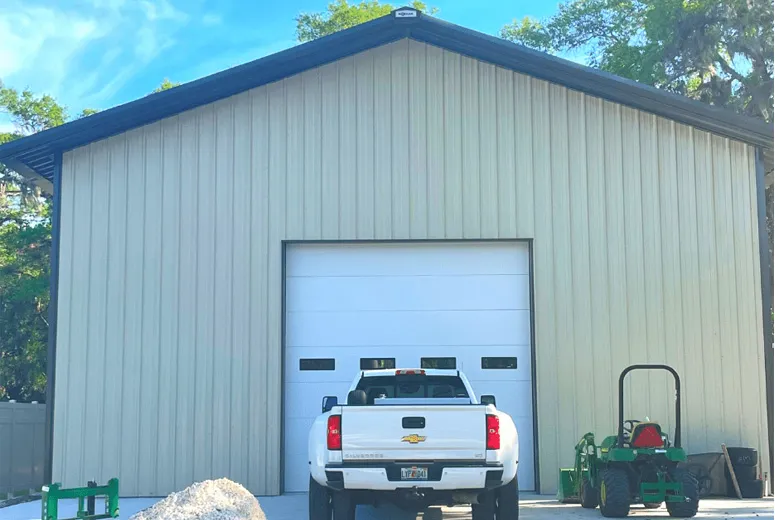- Afrikaans
- Albanian
- Amharic
- Arabic
- Armenian
- Azerbaijani
- Basque
- Belarusian
- Bengali
- Bosnian
- Bulgarian
- Catalan
- Cebuano
- Corsican
- Croatian
- Czech
- Danish
- Dutch
- English
- Esperanto
- Estonian
- Finnish
- French
- Frisian
- Galician
- Georgian
- German
- Greek
- Gujarati
- Haitian Creole
- hausa
- hawaiian
- Hebrew
- Hindi
- Miao
- Hungarian
- Icelandic
- igbo
- Indonesian
- irish
- Italian
- Japanese
- Javanese
- Kannada
- kazakh
- Khmer
- Rwandese
- Korean
- Kurdish
- Kyrgyz
- Lao
- Latin
- Latvian
- Lithuanian
- Luxembourgish
- Macedonian
- Malgashi
- Malay
- Malayalam
- Maltese
- Maori
- Marathi
- Mongolian
- Myanmar
- Nepali
- Norwegian
- Norwegian
- Occitan
- Pashto
- Persian
- Polish
- Portuguese
- Punjabi
- Romanian
- Russian
- Samoan
- Scottish Gaelic
- Serbian
- Sesotho
- Shona
- Sindhi
- Sinhala
- Slovak
- Slovenian
- Somali
- Spanish
- Sundanese
- Swahili
- Swedish
- Tagalog
- Tajik
- Tamil
- Tatar
- Telugu
- Thai
- Turkish
- Turkmen
- Ukrainian
- Urdu
- Uighur
- Uzbek
- Vietnamese
- Welsh
- Bantu
- Yiddish
- Yoruba
- Zulu
Dec . 13, 2024 02:11 Back to list
Foundations for Steel Frame Buildings
Building a robust and efficient structure involves the careful planning and design of its foundation, especially for steel frame buildings. A solid foundation is crucial for distributing the loads imposed by the structure above, ensuring stability and safety throughout its lifespan. This article explores the different types of foundations suitable for steel frame buildings, the design considerations, and the importance of proper execution.
Types of Foundations
There are primarily two types of foundations used for steel frame buildings shallow and deep foundations. The choice between these types depends on various factors, including soil conditions, building loads, and site specifics.
1. Shallow Foundations These are typically used in areas with stable soil conditions. Common types include spread footings and mat foundations. - Spread Footings These are used to distribute the load of the steel frame over a larger area. They consist of a block of concrete that supports the columns or walls of the building. - Mat Foundations Also known as raft foundations, they cover the entire footprint of the building, providing even distribution of loads. This type is particularly useful in scenarios where soil bearing capacity is low.
2. Deep Foundations These foundations are necessary when the upper soil layers are weak or when heavy loads require deeper support. - Piles Vertical members driven deep into the ground can transfer loads to more competent soil or rock layers. They can be made of concrete, steel, or timber. - Caissons These are large-diameter concrete foundations that extend deep into the ground. They are particularly effective for supporting heavy loads over a smaller footprint.
Design Considerations
The design of foundations for steel frame buildings requires careful analysis of several key factors
- Soil Investigation A geotechnical investigation is essential to determine the soil properties, including bearing capacity, settlement characteristics, and groundwater conditions. This data is vital for choosing the appropriate foundation system. - Load Analysis Engineers must evaluate the loads that the building will impose on the foundation, including dead loads (weight of the structure), live loads (occupants and furnishings), and environmental loads (wind, seismic).
foundations for steel frame buildings

- Settlement and Stability The design must take into account potential differential settlement between different parts of the building, which can lead to structural issues. Stability against lateral loads is also critical, particularly in seismic or high-wind areas.
Importance of Proper Execution
The success of a foundation largely depends on how well it is constructed. Poor execution can lead to significant problems such as uneven settling, cracking, or even catastrophic failure of the structure.
1. Quality Control Implementing stringent quality control measures during construction is vital. This includes regular testing of materials, monitoring construction methods, and ensuring that work adheres to design specifications.
2. Site Preparation Proper site preparation, including clearing, grading, and excavation, is crucial to avoiding future complications. In some cases, soil stabilization techniques may be needed to enhance the load-bearing capacity of the ground.
3. Monitoring After construction, ongoing monitoring of the foundation can help identify any early signs of settlement or other issues. This proactive approach can mitigate the risk of severe structural problems later on.
Conclusion
Foundations for steel frame buildings play a critical role in ensuring the safety, durability, and performance of the structure. With a variety of foundation types available, engineers and designers must consider soil conditions, building loads, and environmental factors when selecting the appropriate foundation system. Additionally, rigorous quality control during construction and ongoing monitoring are essential to maintain the integrity of the foundation over time. By following best practices in foundation design and execution, builders can ensure that steel frame buildings stand the test of time.
-
How Do Prefabricated Steel Structures Transform Modern Construction?
NewsJul.14,2025
-
How Do Prefabricated Metal Buildings Redefine Modern Construction?
NewsJul.14,2025
-
How Do Prefab Insulated Metal Buildings and Steel Structures Revolutionize Modern Construction?
NewsJul.14,2025
-
How Do Pre - Engineered Steel Structures Redefine Modern Construction?
NewsJul.14,2025
-
Advancing Modular Construction with Prefabricated Metal Structures
NewsJul.14,2025
-
Advancing Industrial Infrastructure with Prefabricated Steel Solutions
NewsJul.14,2025
Products categories
Our Latest News
We have a professional design team and an excellent production and construction team.












